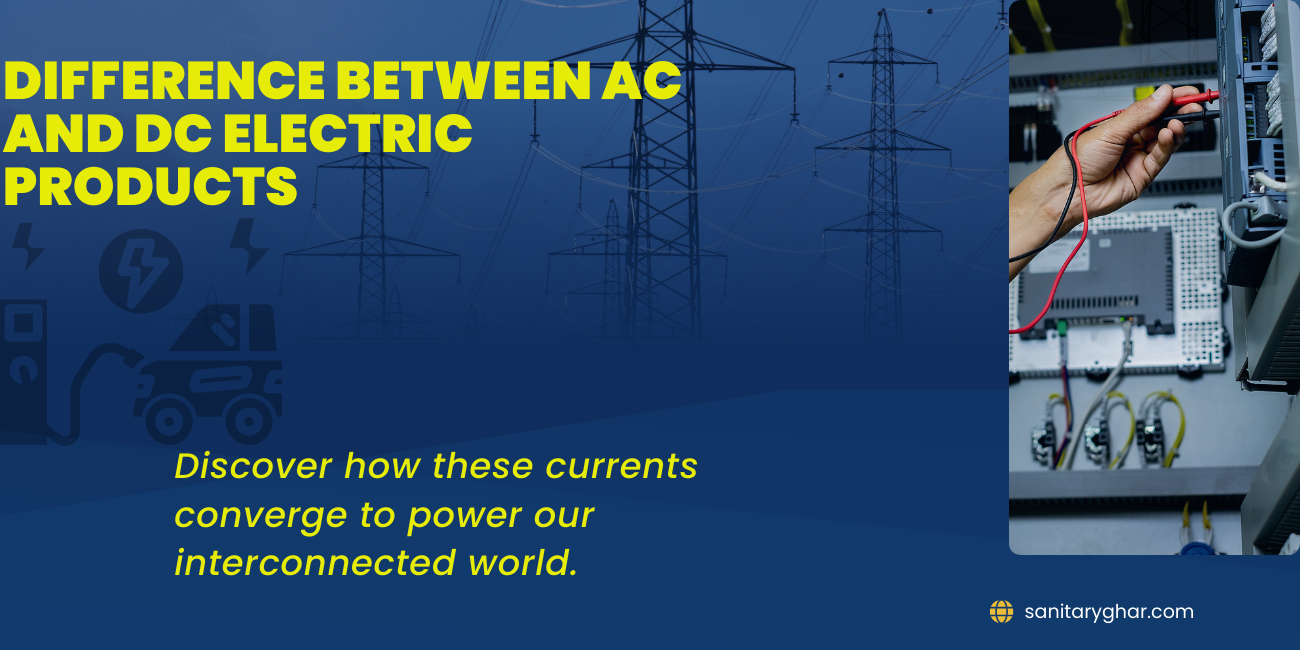Deep Well vs Submersible Pumps - Which is Right for You?

1. Overview of Deep Well Pumps
Important Features of Deep Well Pumps:
- Above-Ground Installation: Because deep well pumps are situated outside of the well, maintenance is easier to do. This is especially helpful if the location of your well puts it in an area where regular maintenance or inspections of the pump may be necessary.
- Jet Mechanism: The jet assembly that these pumps use is located inside the well. By creating a vacuum, the jet mechanism draws water up from the well. This water is then forced through the pipes to your house or irrigation system by the pump.
- Two-Pipe System: Two pipes are normally used while operating deep well pumps. Water is delivered to the intended area via one pipe, which is used to draw water from the well. To attain the higher pressures needed to lift water from deeper depths, this dual-pipe arrangement is essential.
- Electric Motor: An electric motor powers the pump's jet mechanism and its ability to force water to the surface.
Benefits of Deep Well Pumping:
- Accessibility for Maintenance: It is simpler to access the pump for routine maintenance and repairs because it is positioned above ground. This can be a big benefit in places where pump maintenance is needed on a regular basis.
- High Water Pressure: Deep well pumps may provide high water pressure, which makes them perfect for systems that need a steady, powerful supply of water, as well as larger residences and agricultural applications.
- Durability: These pumps offer a dependable long-term water supply since they are designed to resist the rigours of deep well water extraction.
The uses of deep well pumps include:
- Residential Water Supply: In households that depend on well water, especially in rural areas without access to municipal water systems, deep well pumps are frequently utilized.
- Agricultural Irrigation: These pumps are appropriate for farms that need a reliable and consistent water supply for livestock, irrigation, and other farming requirements.
- Industrial Water Extraction: When significant amounts of water must be drawn out of subterranean sources, deep well pumps are also employed in industrial settings.
Submersible Pump Overview
Important Features of Submersible Pumps:
- Submerged Installation: Completely submerged, submersible pumps are positioned deep within the well. Priming is not necessary with this design; priming is necessary for pumps mounted above ground.
- Hermetically Sealed Motor: A submersible pump's motor is hermetically sealed to keep out water and enable safe, effective operation of the pump underwater.
- Single-Pipe System: Submersible pumps employ a single pipe to force water to the surface, in contrast to deep well pumps. This makes installation easier and lowers the possibility of leaks or other problems with multi-pipe systems.
- Electric Motor: The pump's quiet underwater operation minimizes noise pollution and disruptions in residential areas. There is an electric motor powering it.
Benefits of Immersion Pumps:
- Energy Efficiency: Because submersible pumps push water to the surface as opposed to dragging it, they are more energy-efficient than deep well pumps. As a result, less energy is needed to raise water from deep below.
- Quiet Operation: The pump operates with little noise because it is submerged, which makes it a great option for residential settings where noise abatement is a top concern.
- Decreased Risk of Cavitation: Because submersible pumps operate underwater, there is a lower chance of cavitation—a condition in which air bubbles form and harm the pump. Longer lifespans and cheaper upkeep are the results of this.
- High Performance: Because submersible pumps have a big capacity for water delivery, they are a good fit for situations where a steady and considerable water supply is needed.
The uses of submersible pumps include:
- Deep Wells: Deep well pumps would not work as well in wells when the water table is more than 25 feet below the surface. In these cases, submersible pumps work best.
- Residential Water Systems: In residences that need a dependable and effective water supply, particularly in places with deep wells, these pumps are frequently utilized.
- Agricultural Use and Irrigation: Submersible pumps are frequently employed in irrigation systems to supply fields, orchards, and other agricultural uses with a constant water flow.
- Sewage and Dewatering: Submersible pumps are employed in sewage systems and dewatering applications, where they effectively remove water from flooded areas or lower groundwater levels, in addition to well water extraction.
3. Submersible Vs Deep Well Pumps
Feature | Deep Well Pump | Submersible Pump |
| Installation | Above ground | Submerged underwater |
| Mechanism | Utilizes suction to draw water up | Pushes water up |
| Water Depth | Best for wells with depths greater than 25 feet | Ideal for deep wells with water below 25 feet |
| Maintenance | Easier access due to above-ground installation | More challenging due to underwater placement |
| Noise Level | Can be noisy as the motor operates above ground | Quiet, underwater operation |
| Energy Efficiency | Less efficient due to suction mechanism | More energy-efficient, pushes water |
| Application Scope | Suitable for residential, agricultural, and industrial uses | Best for deep well residential and irrigation systems |
Final Thoughts:
The decision between a submersible pump and a deep well pump entails taking into account a number of aspects, including the well's depth, the amount of water required, energy economy, and maintenance simplicity. Both pumps are made to fulfil particular needs and each has its advantages.
In deep water wells, submersible pumps are frequently a more dependable and effective option. They work silently, use less energy, and work especially well when delivering big amounts of water. Deep well pumps, on the other hand, are better suited for situations where high water pressure is crucial because of their above-ground location, which makes maintenance easier.
Through a comprehensive evaluation of your well's attributes and your water requirements, you may choose the pump that provides the optimal blend of longevity, economy, and functionality. An intelligently selected





